A century old legend is getting new attention again.
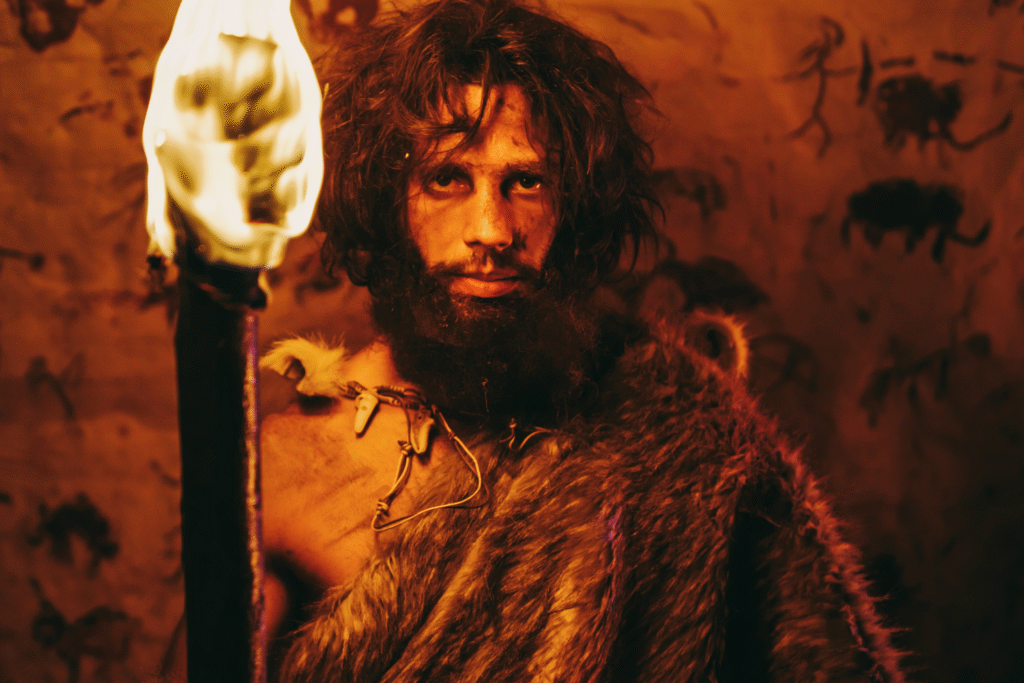
It is one of those stories that refuses to die. The legend of the red haired giants said to have lived and died in Nevada’s Lovelock Cave has reemerged across social media and sensational headlines, drawing millions of curious readers. The tale mixes archaeology, folklore, and mystery into one irresistible package.
As archaeologists revisit the site with new techniques, the truth behind these so called giants tells a very different story. It reveals how myths can grow taller than the bones they were built on and how small discoveries can become timeless legends.
1. The legend began with miners and strange bones.

In 1911, guano miners digging through Lovelock Cave discovered ancient artifacts and human remains that appeared unusually large. Word spread that skeletons nearly ten feet tall had been unearthed, and newspapers quickly turned the find into a sensation.
Later, researchers from the University of Nevada examined the remains and found them to be within normal human size. The confusion likely arose from mixed bone fragments, poor excavation methods, and exaggerated retellings that spread faster than the truth ever could.
2. Indigenous stories helped keep the myth alive.
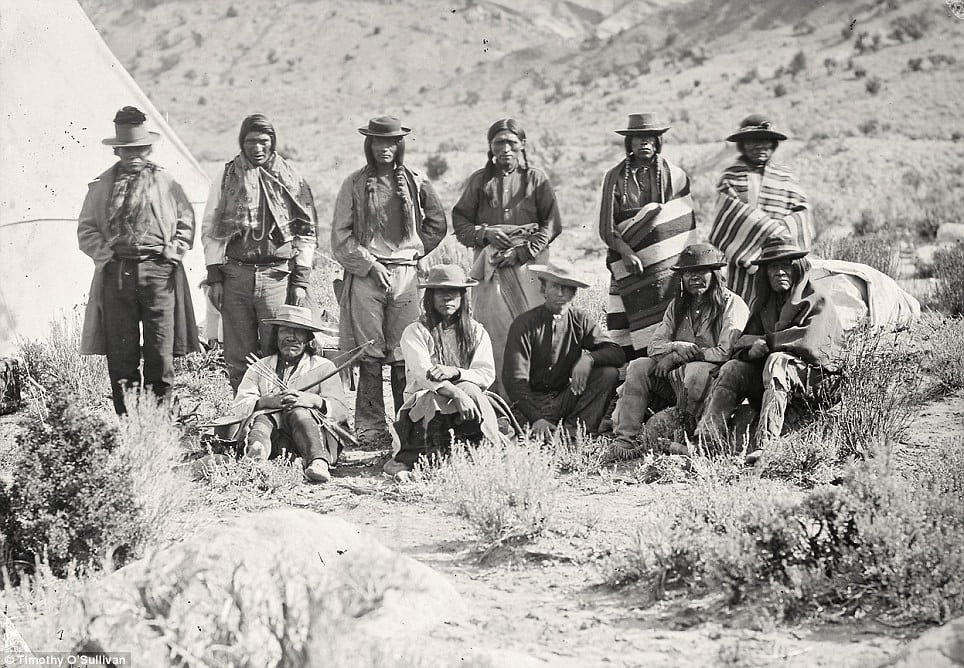
Long before miners arrived, the Northern Paiute tribe told stories of the Si Te Cah, a group of red haired people who lived in the region and were enemies of the Paiute. When settlers heard this tale, they linked it to the miners’ discovery, blending oral tradition with speculation.
As noted by the Nevada Historical Society, this overlap between legend and early archaeology helped the story survive for generations. Over time, the Si Te Cah became known as giants, even though the original tribal stories never described them that way.
3. Chemical changes created the illusion of red hair.

Scientists who tested the hair samples later discovered that the red color was not natural. According to the Nevada State Museum, exposure to minerals and oxidation in the cave caused dark hair to appear reddish over time.
This chemical reaction is common in preserved remains from arid environments. Still, once the phrase “red haired giants” appeared in print, the myth gained a vivid, unforgettable image that science struggled to erase.
4. Early excavations left much of the story incomplete.
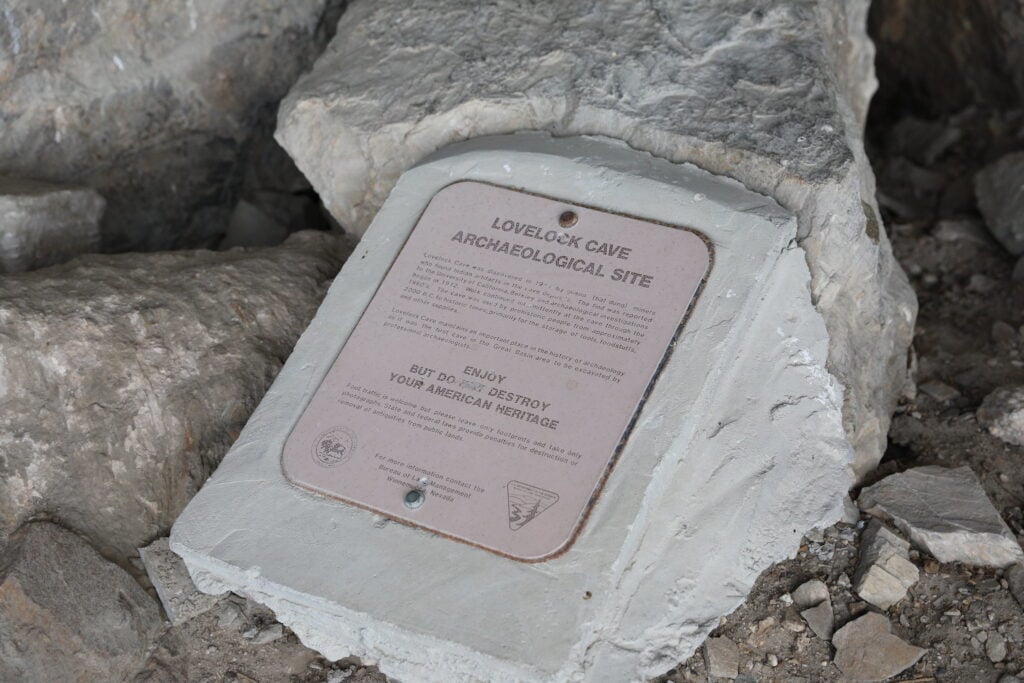
The first excavations at Lovelock Cave were carried out before modern archaeological standards existed. In the early 1900s, record keeping was poor and many artifacts and bones were removed without context or measurement.
Later, researchers from the University of California revisited the site and found tools, baskets, and reed decoys but no evidence of giant skeletons. What they uncovered instead was a thriving prehistoric culture, not a lost race of mythical beings.
5. The media rediscovered the legend in the digital age.
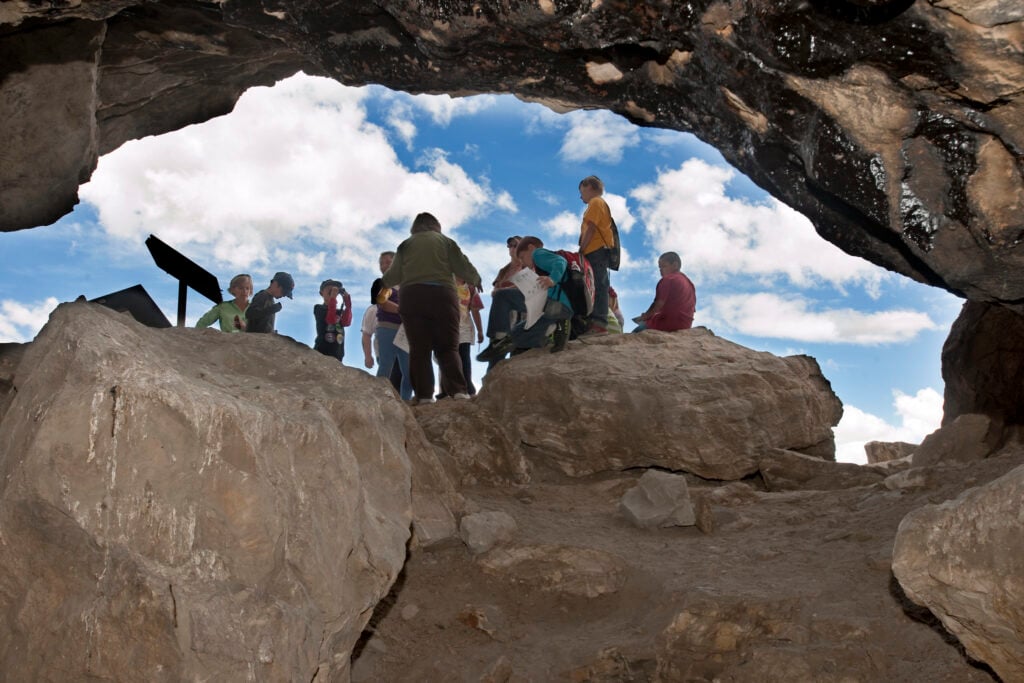
In recent years, websites and influencers have revived the story, often presenting old photos as new evidence. Outlets like Greek Reporter and NDTV have run headlines suggesting new discoveries that simply recycle a century old mystery.
The legend thrives online because it feeds both wonder and doubt. As archaeologists point out, myths adapt to new technology, and today’s social media algorithms have replaced yesterday’s newspapers as the engine of exaggeration.
6. The real archaeology tells a humbler story.
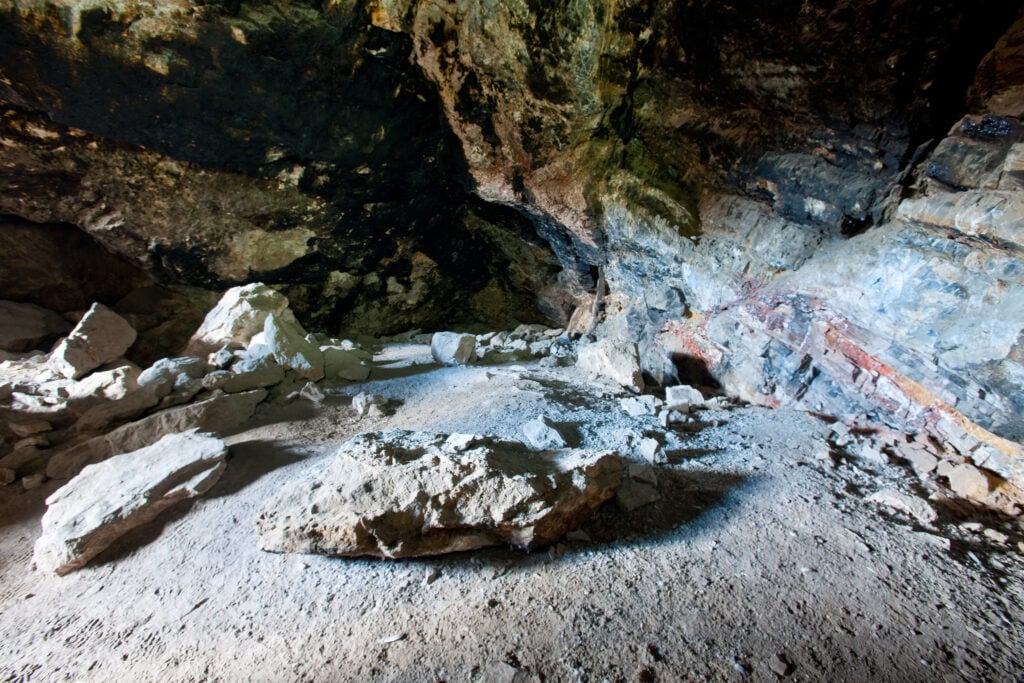
Modern excavations show that Lovelock Cave was home to ancient Native American communities who lived there between 2,000 and 4,000 years ago. Radiocarbon dating confirms a long period of habitation tied to fishing, crafting, and trade.
According to the Nevada Department of Cultural Affairs, the cave’s people built tools, decoys, and ceremonial objects that reveal a complex and resourceful culture. The story may not include giants, but it highlights the real ingenuity of the region’s first inhabitants.
7. Misidentified bones added fuel to the fire.
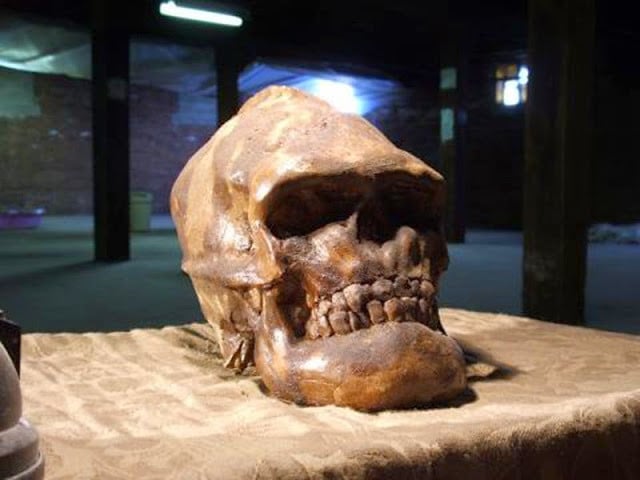
In the early 20th century, miners and collectors often mistook large animal bones for human remains. Without proper lighting or training, mammoth or bear bones could easily be confused for giant human skeletons.
The Smithsonian later reviewed several of these claims and determined they were likely misidentified fossils. Each mistake, however, added another layer to the legend, turning ordinary discoveries into supposed proof of extraordinary beings.
8. Folklore blended with early science to create belief.
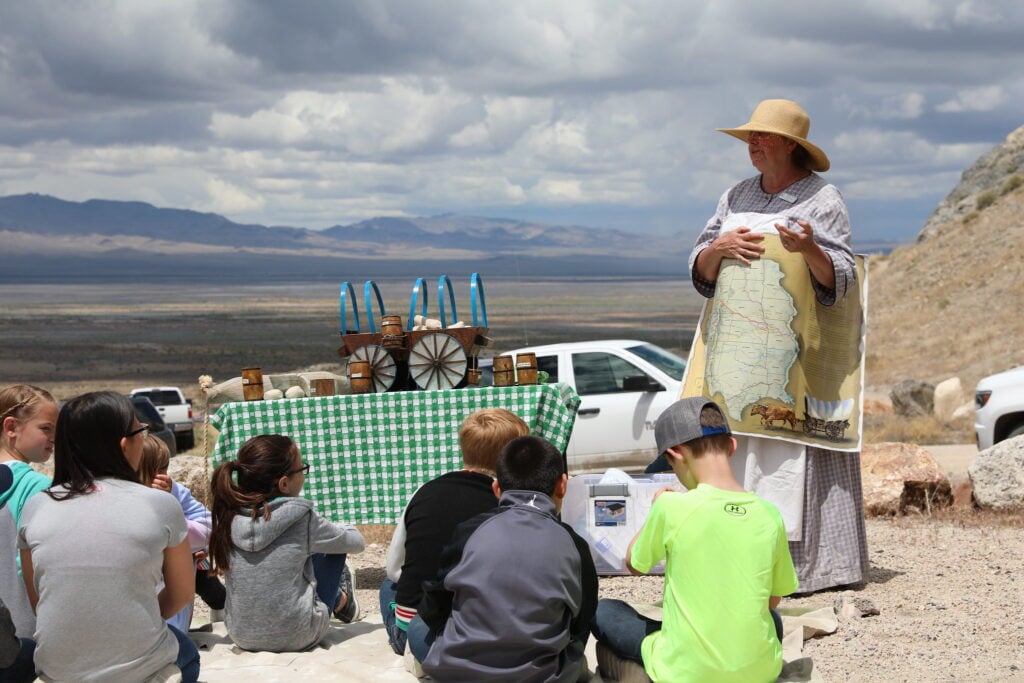
During the early days of archaeology, theories about ancient races and lost civilizations were common. When Lovelock Cave entered public discussion, it fit neatly into those fantasies.
As historian Adrienne Mayor explains, myths often fill gaps where science is incomplete. The story of the red haired giants became an example of how human imagination can outpace evidence, turning fragments of fact into enduring legend.
9. New tools may finally settle what really lies there.
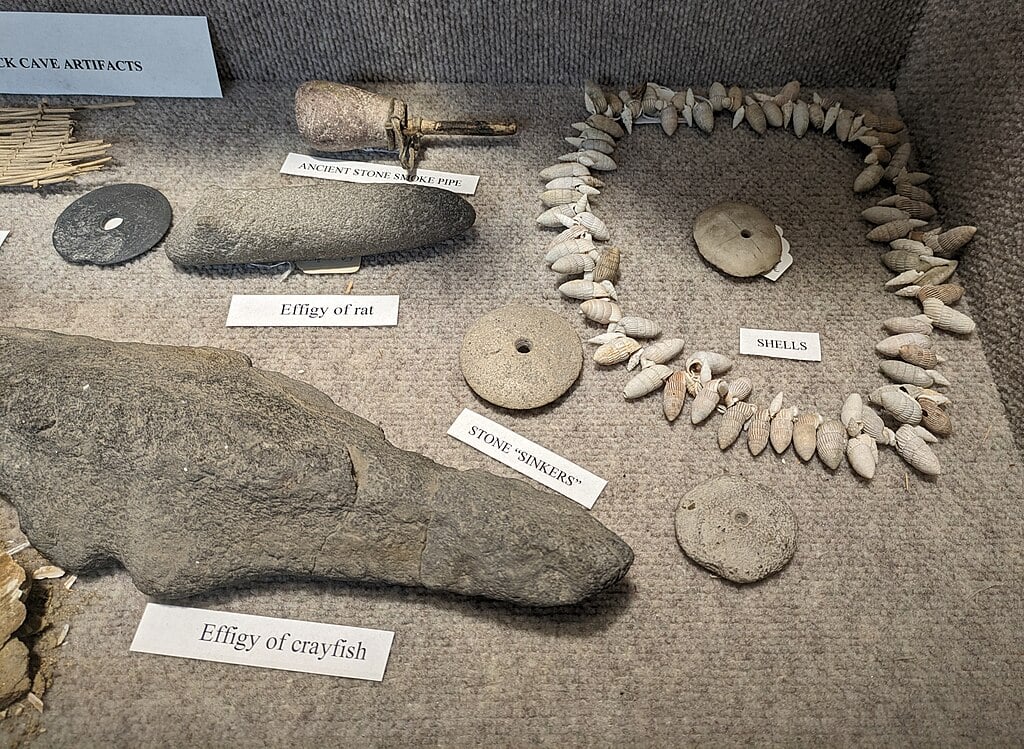
Today, archaeologists are using modern technology to examine Lovelock Cave without disturbing it. Ground penetrating radar and 3D mapping have revealed no signs of unusually large skeletons or hidden chambers.
A 2024 study by the University of Nevada suggests that the cave’s unique preservation conditions may have caused earlier confusion. The team continues to collaborate with the Paiute tribe to ensure both scientific accuracy and cultural respect.
10. Myths endure because they reveal what we want to believe.
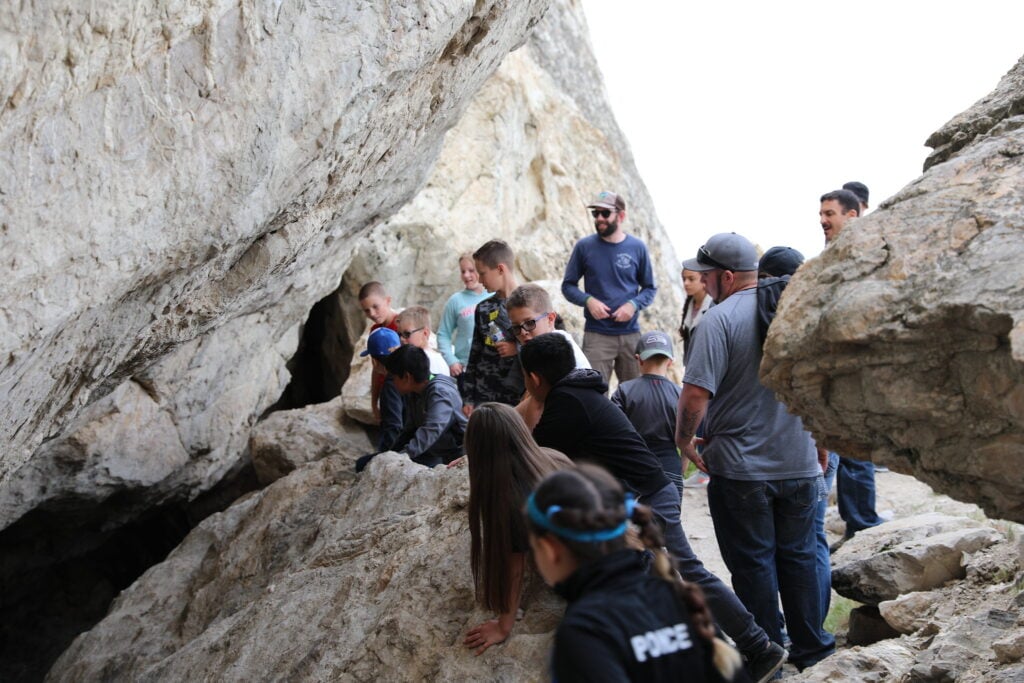
The fascination with Lovelock’s red haired giants has less to do with size and more to do with mystery. People are drawn to the idea that the Earth still hides secrets waiting to be uncovered.
Even though no giant bones have been found beneath Nevada’s mountains, the legend persists. It reminds us that imagination can build monuments taller than any skeleton and that sometimes, belief itself becomes part of our shared history.
